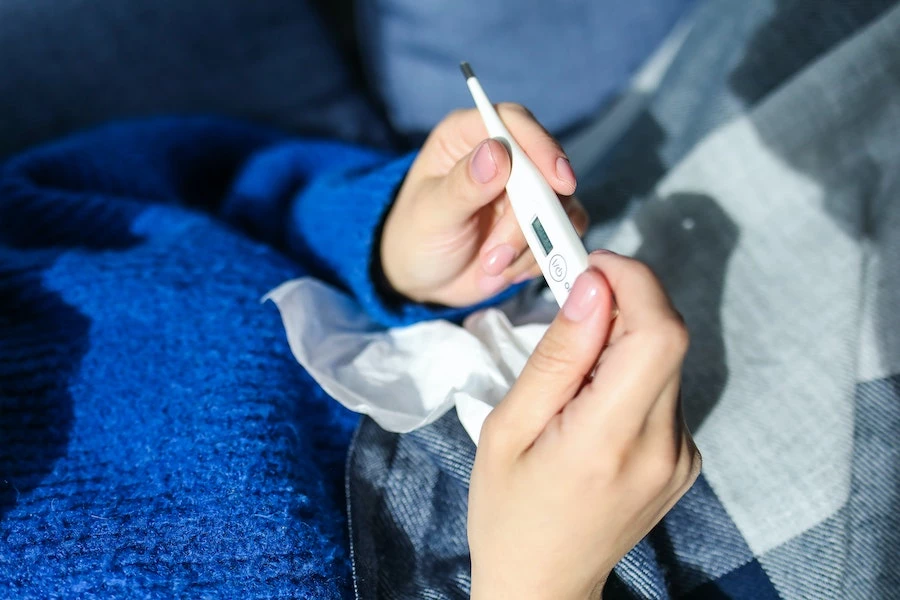Medical emergencies can occur at any moment. Basic first aid training can save a life. However, it may require you to use a first aid kit. Some medical emergencies may require you to administer basic first aid to the patient before the emergency medical services (EMS) arrive.
For instance, you can correctly stop nose bleeding. You can also attend to a sprained ankle or address an inflammation from a bee sting. However, minor, such steps can still require a well-equipped first aid kit available. Thus, having this kit on your premises is essential. The location can be a workplace, sports area, home, or car. A well-equipped kit should have such essentials as splint systems which can be helpful in case of sprains and other soft tissue injuries.
Below are various suppliers and equipment you should know about and always have in your first aid kit. Of course, the quantity of these essentials can vary depending on your location. However, it’s a standard to ensure you always have them.
1. Thermometer
You can’t be certain if you or your patient is running a fever by a feel of the hand. Thus, a thermometer is essential to take body temperature when necessary. Most medical practitioners recommend a digital thermometer because it provides a quicker and more accurate reading. Some current thermometers measure temperatures in your ear canal through infrared rays. These digital ear thermometers are often known as tympanic thermometers.
2. Sterile Gauze Dressing
Sometimes you’ll need to dress open cuts and wounds. Therefore, it’s essential to have sterile gauze bandages in your first aid kit. Sterile gauzes come in various sizes. Thus, you can have an assortment of sizes for different injury conditions.
3. Safety Pins
Safety pins can come in handy when you need to secure gauze dressing and bandage dressings. In addition, these pins are also essential in case of splinter removal. It would be best to have both large and small-size safety pins in your first aid kit.
4. Pair Of Scissors
First aid scissors are essential to cut gauze and bandages to suitable sizes. Additionally, you can use scissors when removing dressings, thus reducing any infection risks. Medical practitioners recommend getting a childproof pair of scissors if your first aid kit might be accessible to children.
Furthermore, removing dressings involves sliding the scissors on the skin. Thus, they must have angled blades and blunt scissor tips for safety. You can find first aid scissors in different sizes. However, their shapes will remain the same.
5. Tweezers
Sometimes, splinters and shards of glass can lodge in an open wound or under the skin. Tweezers can be significantly helpful in such a situation. It’s crucial, however, to disinfect the tweezers before and after use. This helps prevent infections in wounds.
6. Antihistamines
You can occasionally encounter someone with allergic reactions to one thing or another. Some reactions can be severe and need immediate medical attention. If the patient is aware of the condition, they might always have epinephrine. However, some allergic reactions might be minor and require general first aid procedures.
Therefore, having antihistamines in your first aid kit is vital. Antihistamines can either be in tablet or cream form. But it would be best to have both options available. While people with severe allergic reactions may carry their epinephrine, it’s also crucial to have one on standby in the kit.
7. Antiseptic And Alcohol Swabs
An antiseptic is an essential solution in a first aid kit. You can use it to clean a wound before dressing, thus preventing infections from pathogens. One of the most commonly available antiseptic solutions is hydrogen peroxide. However, you can also get other antiseptics in gel, cream, or ointment form.
It would also help to have alcohol swabs in your kit. You can use alcohol swabs on superficial wounds. Further, you can also disinfect your tweezers with alcohol swabs. However, it’s crucial to note that medical practitioners don’t recommend using alcohol on deep cuts or open wounds. The reason is that they can delay or prevent healing of the affected area. It would also be best to avoid using alcohol swabs if you have sensitive skin.
8. Pain Relievers
One of the vital purposes of first aid is to relieve pain. Thus, having pain relievers in your first aid kit would help serve this purpose. These relievers can help reduce minor aches and pain from injuries. They’re available in tablet, gel, spray, or balm. Others can also be in a formula form, mainly suitable for children. If you can, you can have all these forms to ensure you can administer the necessary pain reliever correctly.
9. Adhesive Bandages
Adhesive bandages are vital when treating minor cuts and scratches. They cover the affected area to prevent external infection while allowing it to breathe. Adhesive bandages are available in various sizes and shapes. It would be best to have as many varied sizes as you can in your first aid kit.
Other essential first aid supplies include disposable non-latex gloves, a one-way breathing barrier, and an emergency blanket. You can also have a first aid manual in your kit.
Conclusion
A first aid kit can be a vital life-saving tool kit. However, it should have all the necessary supplies and equipment to serve the desired purpose adequately. The above are some essentials to have in your first aid kit.





















